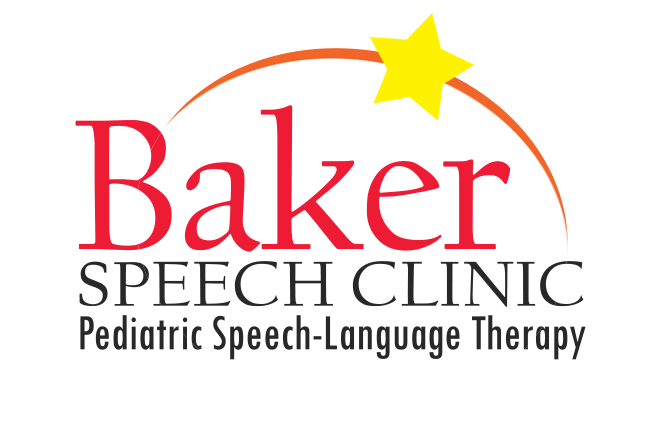Speech sound disorders (SSD) is a term used to describe any difficulty with perception, motor production, or phonological representation of speech sounds or segments.
Approximately 8-9% of young children exhibit a speech sound disorder. Speech sound disorders can be caused by an underlying motor, neurological, structural, and/or sensory abnormality, although many times, speech sound disorders do not have a known cause.



